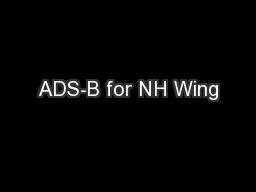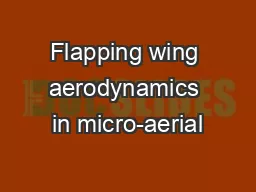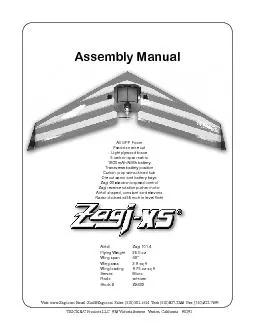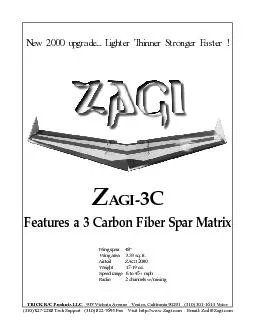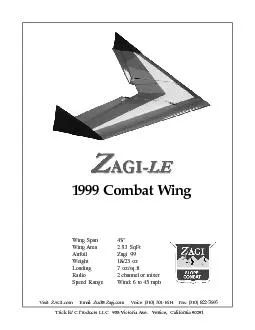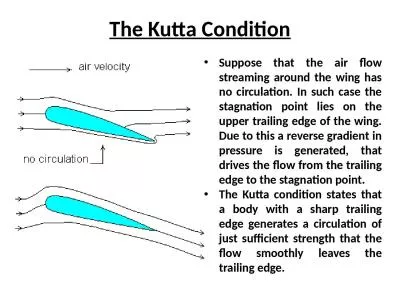PPT-ADS-B for NH Wing
Author : natalia-silvester | Published Date : 2017-09-14
Lt Col G Skip Guild 28 April 2016 Key Terms NextGen ADSB ADSB OUT and ADSB IN ADS B transponder options 1090ES and 978 UAT ADSB IN terms FISB and TISB CAP Implementation
Presentation Embed Code
Download Presentation
Download Presentation The PPT/PDF document "ADS-B for NH Wing" is the property of its rightful owner. Permission is granted to download and print the materials on this website for personal, non-commercial use only, and to display it on your personal computer provided you do not modify the materials and that you retain all copyright notices contained in the materials. By downloading content from our website, you accept the terms of this agreement.
ADS-B for NH Wing: Transcript
Download Rules Of Document
"ADS-B for NH Wing"The content belongs to its owner. You may download and print it for personal use, without modification, and keep all copyright notices. By downloading, you agree to these terms.
Related Documents

